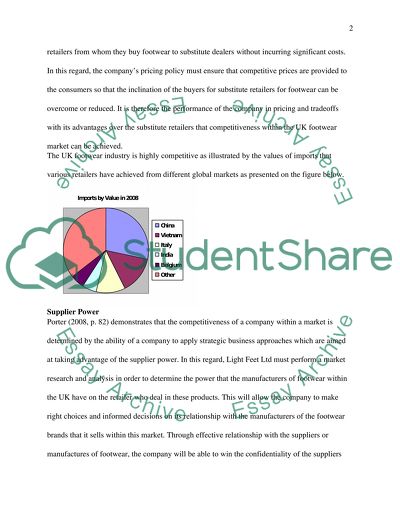Cite this document
(“Development proposal for UK Fashion footwear retailer Essay”, n.d.)
Retrieved from https://studentshare.org/visual-arts-film-studies/1403041-development-proposal-for-uk-fashion-footwear
Retrieved from https://studentshare.org/visual-arts-film-studies/1403041-development-proposal-for-uk-fashion-footwear
(Development Proposal for UK Fashion Footwear Retailer Essay)
https://studentshare.org/visual-arts-film-studies/1403041-development-proposal-for-uk-fashion-footwear.
https://studentshare.org/visual-arts-film-studies/1403041-development-proposal-for-uk-fashion-footwear.
“Development Proposal for UK Fashion Footwear Retailer Essay”, n.d. https://studentshare.org/visual-arts-film-studies/1403041-development-proposal-for-uk-fashion-footwear.


